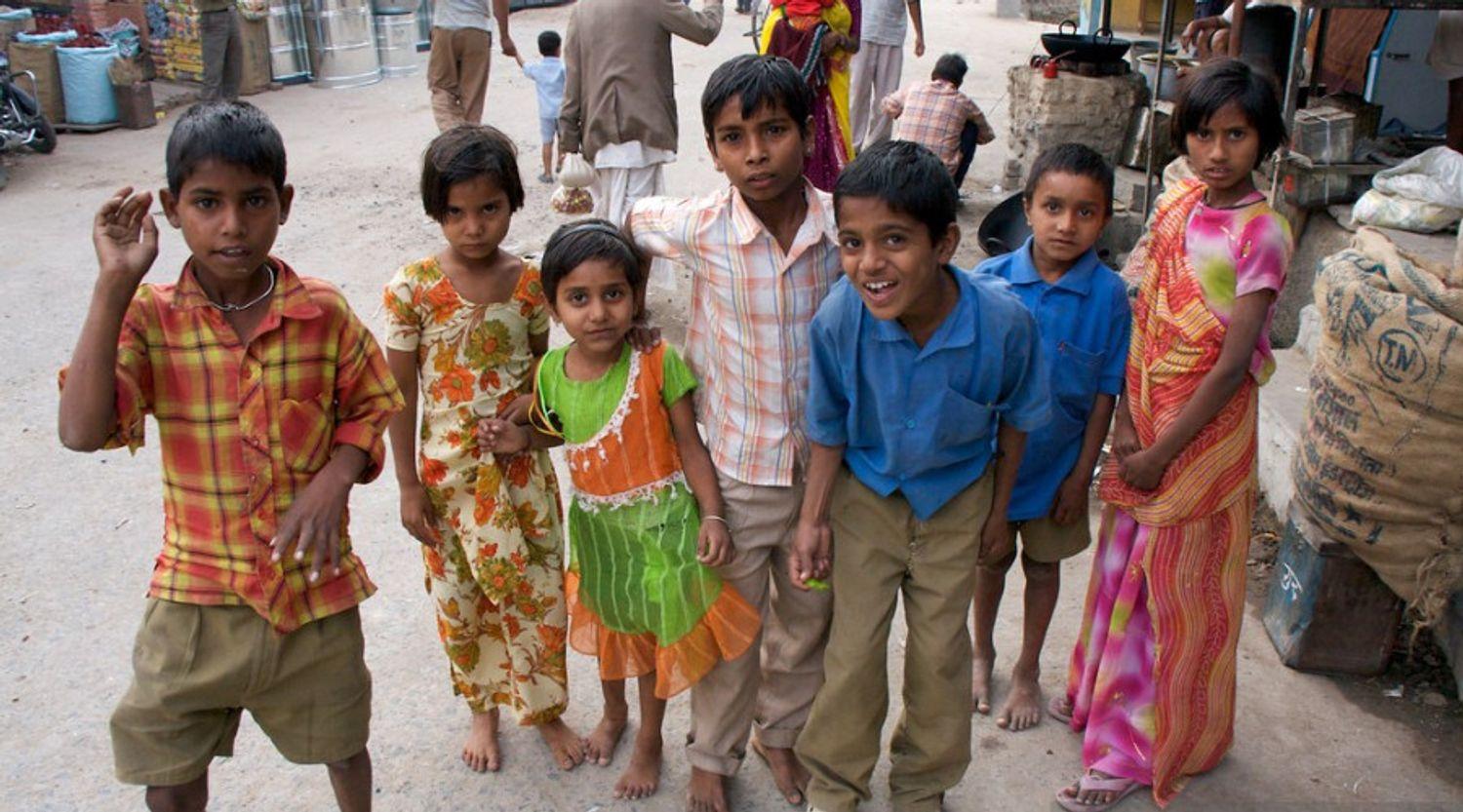With the impact of COVID-19 and us minimizing our desires and consumption across the globe, nature seems to be enjoying humans trapped inside their houses and giving nature it's time to heal from the negative impact we create daily. Now By minimizing our needs we surely know what we actually need and what the environment needs and we just need to keep up with that.
SUSTAINABLE FASHION IN INDIA:

So how do the clothes we buy, the brand we love and support have to do anything with saving the environment?
What you just don't know that the fashion industry alone is responsible for 10% of the total world's carbon emissions.
What kind of pollution does it create? The fashion industry itself is the most polluting and waste generating industry.
Now in this article, we will tell you exactly how you can help reduce fashion pollution and help nature and the environment to heal. Here's how you can contribute by adopting sustainable fashion or slow fashion.
NOW, WHAT IS SLOW FASHION?
The pace at which you change or update your wardrobe refers to as slow or fast fashion.
You may be buying clothes that are harmful to the environment, or exploit humans, animal abuse and have a small shelf life. All these factors contribute to whenever you buy anything new that's not necessary at the moment.
Or do you buy from brands that are environmentally friendly and don't have animal skins and parts used and pay fair wages to their workers?
How to identify sustainable fashion?
- They're made from recycled or eco-friendly fabrics.
- They use chemical-free and pesticide-free materials and dyes.
- They pay fair wages to their workers meaning no forced labor or child labor or unfair working hours.
- They restrict using materials from animals and don't practice animal testing.
FAST FASHION:

- Each year, alone the fashion industry takes 93 billion cubic meters of water - that is enough to meet the water requirement for 5 million people.
- Disposed of clothes, every year result in millions of tons of plastic microfibers in landfills and oceans that is equivalent to 50 billion plastic bottles. And passing through the food chain these might be in your body now.
Now with the rising in e-commerce and online shopping leading to more microplastic in oceans. We're embracing fast fashion at cost of the environment. But do we really need this?
SLOW FASHION IN INDIA:
Do you know that only 15% of your clothes are donated and recycled? And ultimately those end up in the landfill increasing land burden and there releasing methane which is a potent greenhouse gas contributing to climate change. Giving us a reason to embrace slow fashion or sustainable fashion in India.
FASHION DEMAND:
- With the decline in child labor, there is a report from the International Labor Organization that states that 170 million children are still working and are forced to work, as many of them belong to the textile or garment brands.
As we know that leather is made up of animals' skin of cows, alligators, snakes, etc. The leather is not just simply a by-product of the meat industry but is an industry itself that makes billions every year just because brands are making products of animals skins that are sold at a higher price for buyers to buy and use in making handbag to carry around your arm and they're slaughtered just because of you, so we all are ultimately responsible for animal cruelty.
- The spotlights now come to the wool industry, where we're shearing wool off sheep, rabbits, goats leading trauma to animals and leading the path of the slaughterhouse.
- The trendy silk saree only involves the death of 10,000 silkworms by boiling them alive. They even require more water and emits greenhouse gases than the cotton, polyester industry.
WHAT WE CAN DO?

We need to switch to a more sustainable and eco-friendly fashion to reduce the track of fast fashion here's what you can do.
ALWAYS ASK YOURSELF BEFORE BUYING
Are you buying this dress because you need this or because it's on sale? Are you buying products that involve animal cruelty?
These are some questions that you really need to know before buying next time and you will be able to make a better choice. Do a little research about brands before buying to know about their products and more.
INVEST IN ORGANIC BRANDS:
Buying less and investing in better alternatives are what we need to keep in mind.
- Always look for organic fabric like cotton and even check the labels to ensure that's it's 100% organic.
- Or you can replace your cotton with natural fabrics like bamboo and hemp. Cotton depletes the soil while hemp will produce twice as much fiber under with lesser water source and it does not degrade the soil texture.
- Buy faux leather, all your accessories like bags, shoes should not be of pure animal leather instead-but faux leather to avoid animal cruelty products.
- Always buy personal care and makeup products that have no animal ingredient like animal oil, bones, or haven't been tested on animals. Look for brands that are not from china because China has made it mandatory to test all products before launching in the market.
- Use plastic-free toiletries and cosmetics. Replace plastic products with eco-friendly soaps, conditioner bars, and shampoo.

SLOW FASHION TRENDS:
- Don't buy impulsively, shop smartly, and invest in clothing that is sustainable and has a long term shelf life.
- Always try to buy from zero waste brands.
- Circulates clothes from older to younger siblings or upcycle sarees among your family.
- Attend some clothes exchange in your area.
- Share with your friends and lend them some of your clothes or take their dresses for one day function instead of buying a new dress every time.
Donating clothes is always a good idea. It helps in recycling and also helps someone who can't afford it.


.jpg&w=1920&q=75)
